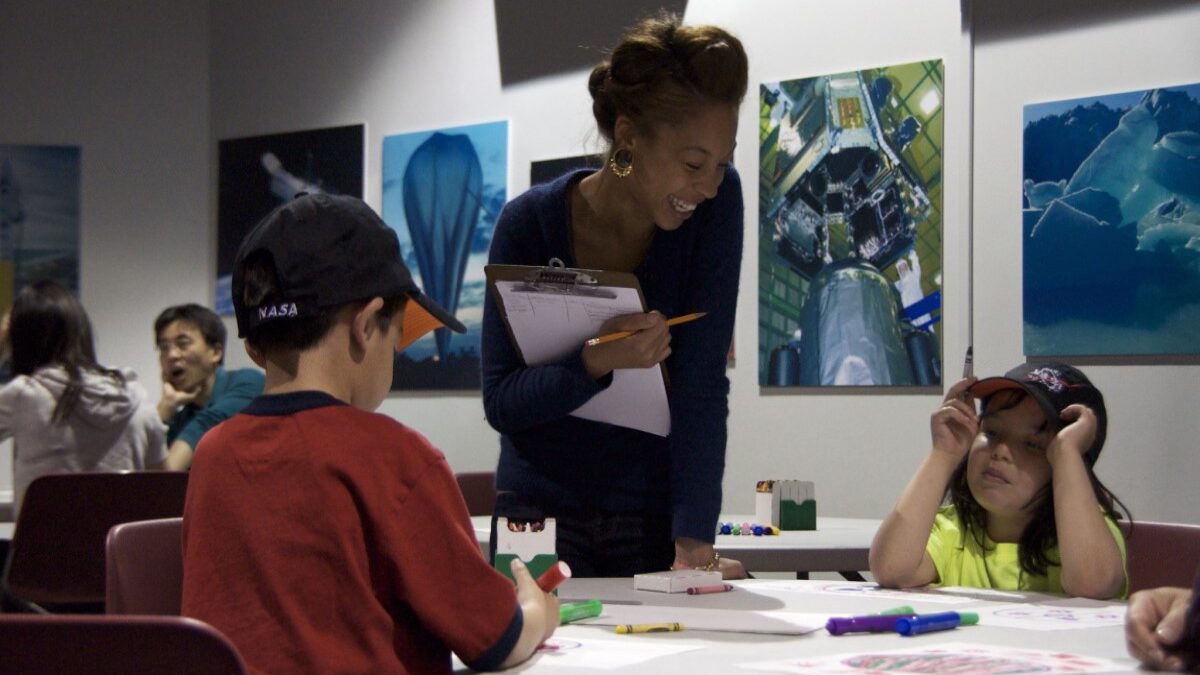Anyone who is a parent, manager, or in any other position of authority or influence is also a teacher. Passing on to others the wisdom of life experience is a duty to all who have been given much we don’t deserve, which is all of us. In this important endeavor that all responsible adults take on at some point in life, I have found a very small new book very helpful.
“Tried and True: A Primer on Sound Pedagogy” is a primer on effective teaching out this month from Hillsdale College Press and written by a friend, Dr. Daniel Coupland. You can get a copy from Hillsdale College’s online store. After I read an early copy I sent Coupland a short recommendation to put inside the final book. A professor at Hillsdale since 2006 and its former dean of faculty, Coupland also taught for years in K-12 schools.
“Tried and True” took me about an hour and a half to read altogether, in about three short sittings. I immediately was able to apply its good advice to my work leading The Federalist’s editorial team. During a discussion I was leading, I remembered Coupland’s admonition about asking questions of those you are instructing:
Give the students time to interpret and understand the question, to think about what it means, to draw the necessary knowledge and skills, and to collect their thoughts into a meaningful reply. The failure to give students this time to think may be the most common mistake that teachers make when posing questions.
Telling younger colleagues I was giving them a bit of time to think before responding did indeed lead to a more fruitful discussion. This early bit of success encouraged me to keep “Tried and True” on my desk to reconsult over time and incorporate its advice into my habits as an overseer and cultivator of others.
Coupland’s less than 100-page book encapsulates other good teaching advice that any busy professional or parent can incorporate into his or her cultivation of others’ skills, whether they be messy and ridiculous children, such as mine, or bright and highly capable adults, such as my colleagues. Since my husband is a teacher and principal, I hear a lot about the inner workings of classrooms. Thus I can also report that the book’s recommendations do indeed work there, and save a lot of instruction time.
Coupland’s chapter three, “Establish Useful Routines,” encapsulates excellent advice that makes both our home and my husband’s classrooms run more smoothly. If you haven’t experienced strong routines, it can be nothing short of miraculous to witness the change they can make.
Our family breakfast routine is now pat: my oldest children serve it, and I prep it for them the weekend or day before. They know just when to set out the forks, how to cook scrambled eggs, and what time they have to be up from the table to put on their school clothes. It has taken a lot of work to train the children for these routines, but as Coupland notes of classroom routines, once you teach and then reinforce them, you save more time overall.
For classrooms Coupland recommends that teachers explain upfront their expectations for all significant and frequently repeated routines, such as how to get to the bathroom when needed and sharpen their pencils. In his first year as a teacher, my husband learned the evils of pencil-sharpening, without the benefit of Coupland’s book to prepare him. Many children would spend minutes grinding and grinding at almost any moment of the day, sometimes many more times per day than would be reasonably needed to finish their math problems.
When there are 16 elementary schoolers in a class and each one seemingly needs to sharpen three pencils a day and does it in the least efficient way possible, such as pointing the lead every which way except level into the sharpener, pencil-sharpening becomes a major distraction from the class’s proper work. A routine anticipates and eliminates this barrier to mental focus. Teaching and enforcing one is non-negotiable for those littles for whom pencil-sharpening is a barrier to their long-term best interests.
With a true teacher’s understanding, then, Coupland lists “replacing a dull, broken, or empty writing utensil” in his appendix titled, “Ten Common Classroom Tasks that Most Likely Require a Procedure Because They Will Save You Time And Help You to Avoid Chaos.” I would put “checking email” on my hypothetical companion list for adults. Indeed, one could draw up a personal list of “routines to automate” for almost any station in life and I promise you the $8 for this little book will be worth every penny in added ease.
I would put “how and when to get a snack” on my list for parents of smaller children. Our home snack routine is also automated. We have a snack cabinet that may open precisely at 3 p.m., not a minute earlier, and whatever is in there is what children may serve themselves and eat only at the dinner table or outside. If they don’t like what’s there, they can skip the snack for the day. Also, crucially, they must do all this without bugging me, the parent usually on duty at snack time.
When you have six children or a full classroom or a dozen adults to manage, you have to get very, very organized — or flustered, or fail. Coupland shows you how not to fail, and faster than if you had to figure it all out on your own in desperation. Since many teachers are thrown into the deep end with very little useful instruction or coaching, as most education schools focus on cultural indoctrination instead of effective teaching, this book performs an invaluable service.
And not just for professional teachers. This short book would benefit any mother, classroom teacher, Sunday School teacher, homeschool parent, book club leader, garden club chairman, Trail Life club leader, or any other of the thousands of pursuits in which one is a leader and teacher of others.
I would recommend getting this book, spending an hour or two reading the whole thing, then regularly reviewing a few pages at a time to apply its techniques to your responsibilities one by one. That’s what I’m doing this school year.









